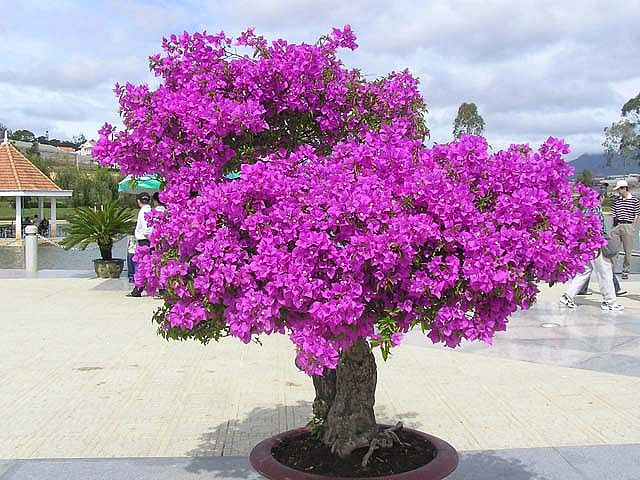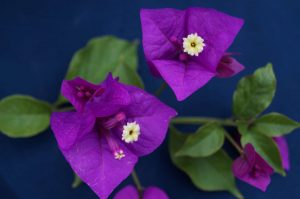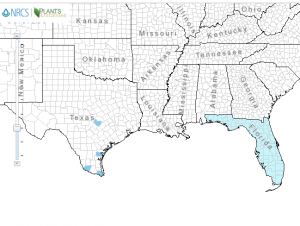
Only the blossoms of one Bougainvillea, Brasiliensis is usable.

We use the sepals not the flower itself.
Bougainvilleas are often referred to as a toxic plant. The reason given is that scratches from their thorns infect easily. The thorns are coated with a substance that can cause contact dermatitis. Symptoms are a rash, tenderness, and itching. It can resemble poison ivy. Any wounds should be cleansed and care for. Bougainvilleas are not forager friendly except one, the purple variety, B. brasiliensis.
On page 161 Cornucopia II says “Bougainvillea Brasiliensis, Purple Bougainville, In Mexico the flower bracts are used for making an attractive, violet colored water drink (agua fesca) called agua de buganvilia. It is said to have a refreshingly delicate taste. Other types of bougainvillea are not suitable for making the drink.”

B. brasiliensis can also be redish instead of purple.
In the Four O’Clock family, there are four to 18 Bougainvillea species. Botanical egos can’t agree. The plant was named after Admiral Louis Antoine, Count of Bougainville, who was in charge (1767) when the plant was first seen at now Rio de Janeiro by Europeans, in this case Frenchmen sailing around the world (and unwittingly at the same time taking the first woman to go around the world, Jeanne Baret.)
Modern Bougainvilleas are a hybrid between Bougainvillea spectabilis (the species discovered in 1767) and Bougainvillea glabra. There are also 300 varieties which makes identifying parentage difficult.
Green Deane’s Itemized Plant Profile.

Bougainvillea distribution in North America
IDENTIFICATION: A sprawling, woody vine that behaves like a shrub with showy flowers of yellowish-white waxy tubes surrounded by three 1 to 2 inch long colorful bracts. Bougainvillea can reach 40 feet tall/long. Bloom colors including purple, scarlet, orange and pink. The species is evergreen.
TIME OF YEAR: Spring to fall
ENVIRONMENT: Full sun, the more sun the more blossoms.
METHOD OF PREPARATION: Purple bracts and be used to make a tea or other beverages. Four blossoms per cup is used. For a cough remedy lemon juice is added and honey or sugar. Heat water, add blossoms, let seep, remove blossoms before drinking. This drink is also made as a cough remedy.

